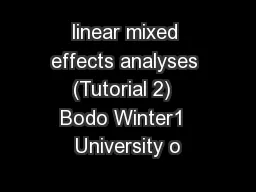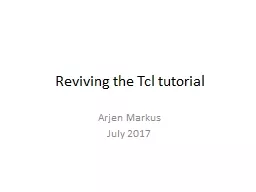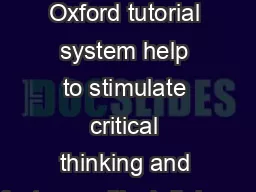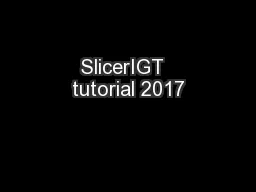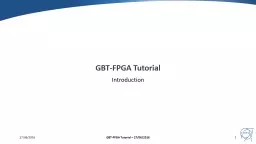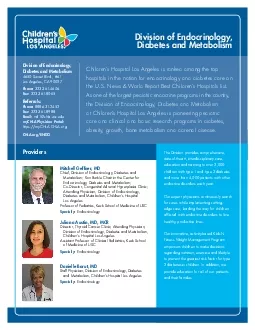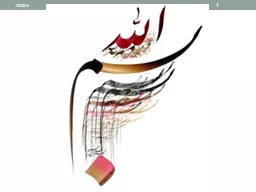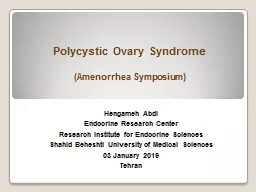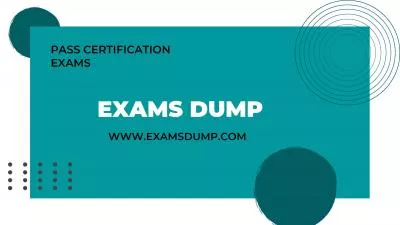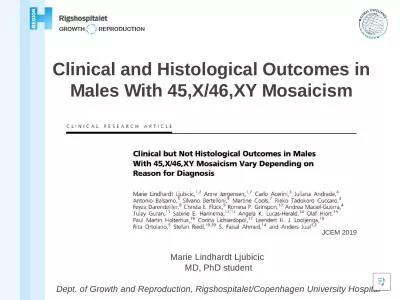PPT-MM Tutorial Year 1 Endocrinology
Author : joedanone | Published Date : 2020-09-28
Hussein Elghazaly He315icacuk Thursday 25 th January 2018 Slides available https muslimmedicscouk year1 Introduction Endocrine Gland A group of cells which secrete
Presentation Embed Code
Download Presentation
Download Presentation The PPT/PDF document "MM Tutorial Year 1 Endocrinology" is the property of its rightful owner. Permission is granted to download and print the materials on this website for personal, non-commercial use only, and to display it on your personal computer provided you do not modify the materials and that you retain all copyright notices contained in the materials. By downloading content from our website, you accept the terms of this agreement.
MM Tutorial Year 1 Endocrinology: Transcript
Download Rules Of Document
"MM Tutorial Year 1 Endocrinology"The content belongs to its owner. You may download and print it for personal use, without modification, and keep all copyright notices. By downloading, you agree to these terms.
Related Documents



